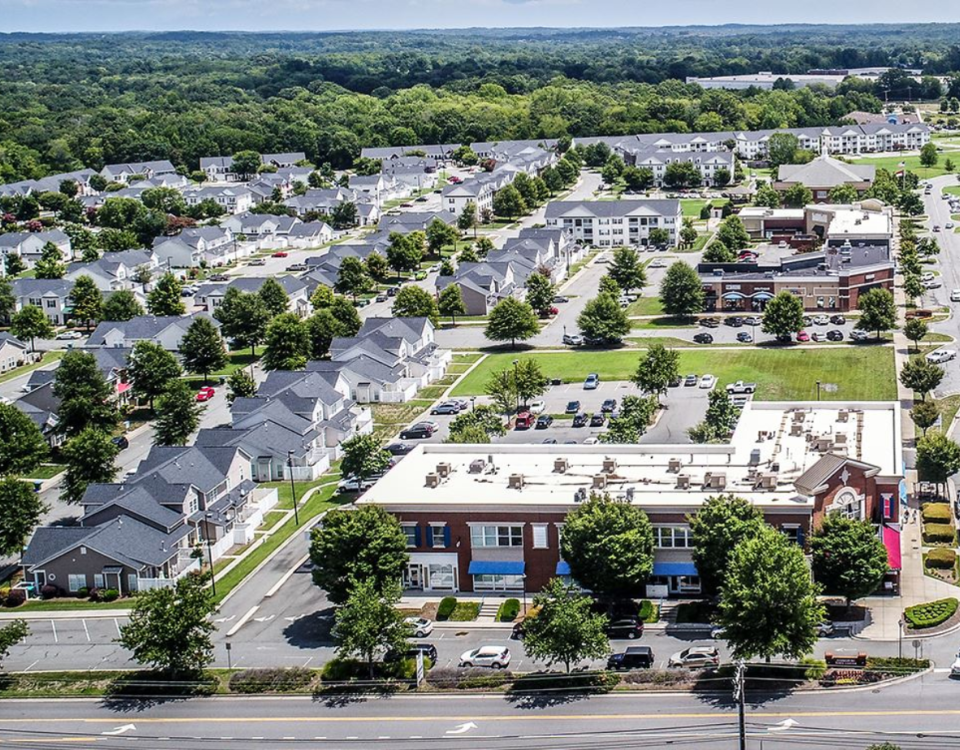Real Estate Strategies for 2025-2028

Buying a House With Tenants
November 5, 2024Real Estate Strategies for 2025-2028

Building Wealth in Real Estate
The real estate market in 2025 offers strategic opportunities for investors as it transitions into a phase of stabilization following the dramatic rent growth of 2021-2022. While rent growth has slowed to an average of 0.8% across many markets, single-family rentals (SFRs) continue to demonstrate resilience with sustained demand and moderate rent increases. Multifamily units, facing oversupply in regions like the Sunbelt, may present opportunities for value-driven acquisitions as markets rebalance.
Rising operating costs, including doubled labor rates for maintenance ($40-$50/hour to $100/hour), a 20% surge in insurance premiums, and property tax increases of up to 7.3% in some areas, are challenging profitability. Utilities have also seen increases of 6-15% across water, gas, and electricity. However, these shifts emphasize the importance of strategic cost management and targeting high-performing property types.
Inflation has stabilized at 3.5%, down significantly from the 9% peak in 2022, creating a more predictable economic landscape. While high mortgage rates, averaging 6.91%, are squeezing affordability, this environment positions well-prepared investors to secure resilient assets and capitalize on future growth as the market adjusts. For those with a forward-thinking approach, 2025 sets the stage for long-term opportunities.
Major Trends Shaping the Market
The real estate market in 2025 and beyond is shaped by distinct regional and sectoral trends that highlight challenges and opportunities for investors. Here’s how it impacts investments:
- Migration Patterns: North Carolina, Florida, and Colorado continue to attract strong population inflows due to affordability, job growth, and favorable climates. In contrast, high living costs and taxes are pushing residents out of states like California, New Jersey, and Illinois, with California experiencing the largest net loss of movers for four consecutive years.
- Rental Market Adjustments: The multifamily rental market is grappling with oversupply, particularly in luxury units in cities like Austin, Texas, where rents have dropped by 9.5%. However, single-family rentals remain resilient, with steady demand and rent growth exceeding 5% annually in several markets. The predicted “supply cliff” in 2025, with a 20% reduction in new housing starts, may tighten market conditions and stabilize rents by 2026.
- Regional Price Disparities: Southern and Northeastern states expect above-average home price growth driven by strong job markets and relative affordability. Conversely, Sunbelt states like Texas and Florida face challenges as multifamily oversupply causes price stagnation or declines despite population growth.

Questions for Real Estate Investors
Adjustable-rate mortgages (ARMs) on many multifamily properties will reset in 2026-2027. Loans refinanced at 3% during the boom of 2021-2022 are expected to adjust to rates of 7-8% or higher. While this may increase debt payments by 50% or more, potentially pushing some properties into negative cash flow, it also creates acquisition opportunities. Investors ready to act could acquire undervalued properties as current owners sell to avoid financial strain.
Rising costs, including insurance premiums, property taxes, and maintenance expenses, are also squeezing profitability. Insurance premiums have risen by 21% year-over-year, and property taxes in many regions have increased by 7-8%. While these escalating expenses challenge some owners, they emphasize the importance of efficient property management and targeting markets with lower operating costs. Investors who optimize their portfolios and reduce inefficiencies will be better positioned to thrive.
Although multifamily rent growth has slowed, it is still expected to grow steadily through 2028, and single-family rentals continue to perform well, with rent increases exceeding inflation in many markets. With a projected “supply cliff” in 2025 reducing new construction, market conditions are expected to tighten, potentially driving stronger rent growth by 2026. Investors who position themselves now in high-demand markets stand to benefit from improving cash flow and asset appreciation as supply and demand rebalance.
Exciting Times Ahead
While the current market poses challenges, it also presents exciting opportunities for savvy investors. As market dynamics shift, conditions such as rising interest rates and reduced new construction will create openings for those prepared to act strategically.
Here are some key opportunities to watch:
- Discounted Multifamily Assets: Rising interest rates and adjustable-rate mortgage resets are expected to create financial strain for many multifamily property owners. This could lead to a “fire sale” of assets in 2026-2028, allowing investors with liquidity and foresight to acquire properties at significant discounts.
- Tightening Housing Market: New construction is forecasted to slow significantly by 2025, creating a tighter housing market. Properties delivered in 2026 will benefit as the oversupply of multifamily units is absorbed, driving increased demand and higher property values.
- Rent Growth Potential: As market conditions stabilize, well-located properties in high-demand areas are positioned to see stronger rent growth, enhancing long-term cash flow and asset appreciation for forward-thinking investors.

Economic and Policy Factors to Watch
Mortgage rates are expected to decline gradually, with forecasts suggesting a decrease to around 6% by late 2024 and 6.3% by 2025. This gradual easing could unlock new buying opportunities for investors and homebuyers. However, affordability challenges will persist, particularly for first-time buyers, as housing prices remain elevated.
The risk of a mild recession in 2024 or 2025 looms, driven by rising interest rates and high consumer spending. However, strong GDP growth and historically low unemployment suggest the economy may weather the storm without significant disruption. Immigration also remains a wildcard, with increased migration potentially boosting rental demand while introducing new policy considerations.
Long-Term Outlook: 2026-2028
The real estate market is expected to rebound by 2026, with conditions favoring investors who positioned themselves strategically during the preceding years. Single-family rentals are projected to see rent increases of 6% in 2026, returning to historical growth rates of 3-4% annually by 2028. While facing challenges, multifamily properties may benefit from reduced supply and improving economic conditions.
Wage growth will gradually improve affordability, supporting stronger demand for rentals and home purchases. As the market stabilizes, real estate investments are expected to deliver consistent returns, rewarding investors who navigated the challenges of the earlier years.

Ready To Invest?
The real estate market from 2024 to 2028 offers a mix of challenges and exciting opportunities for investors ready to take action. At Henderson Investment Group, we’ve spent over 35 years helping investors like you navigate market shifts and build profitable property portfolios.
With our expert guidance, cutting-edge Property Match system, and a track record of client success, we’re here to help you seize opportunities, maximize returns, and achieve your goals.
Contact us for a complimentary consultation!




